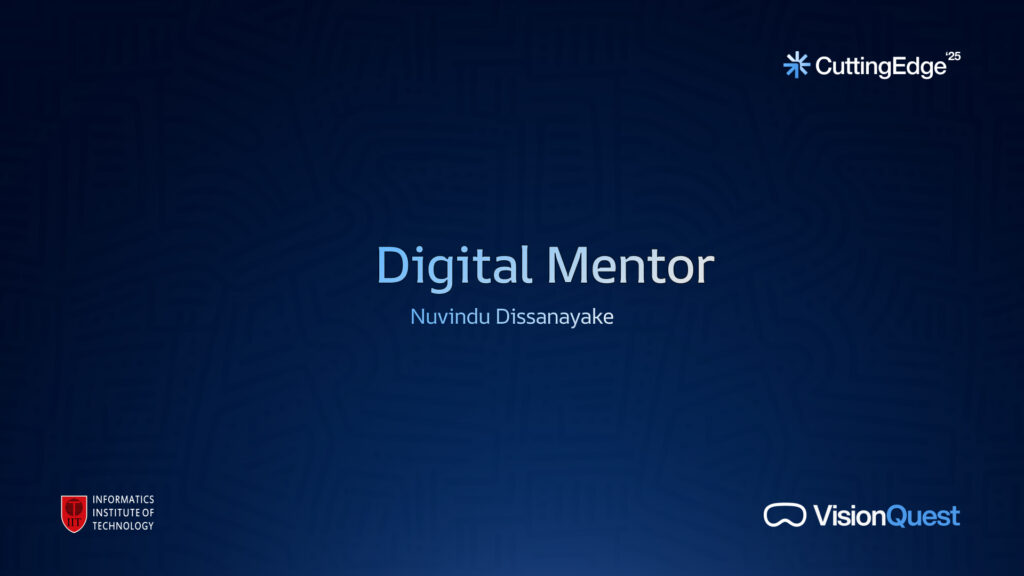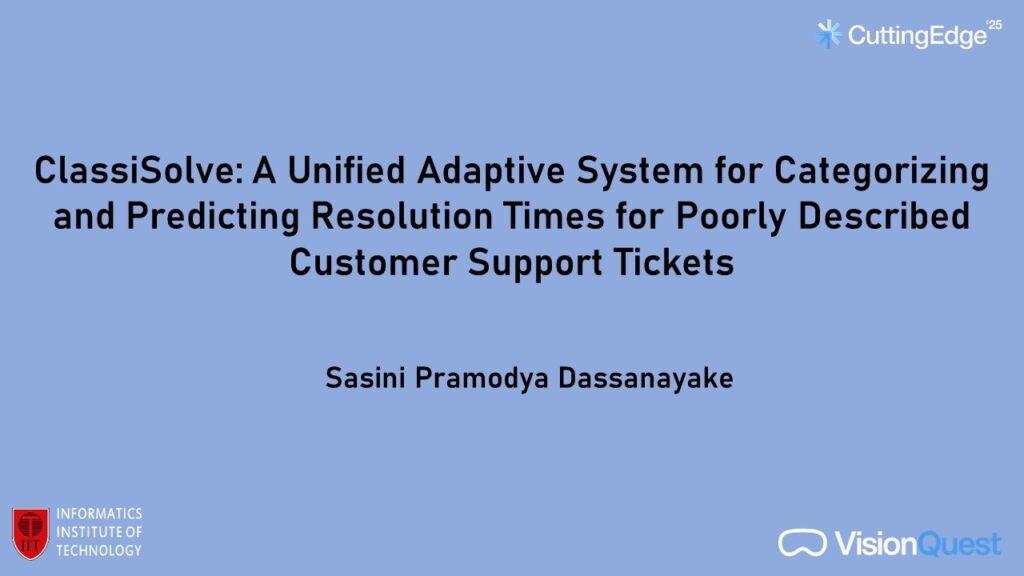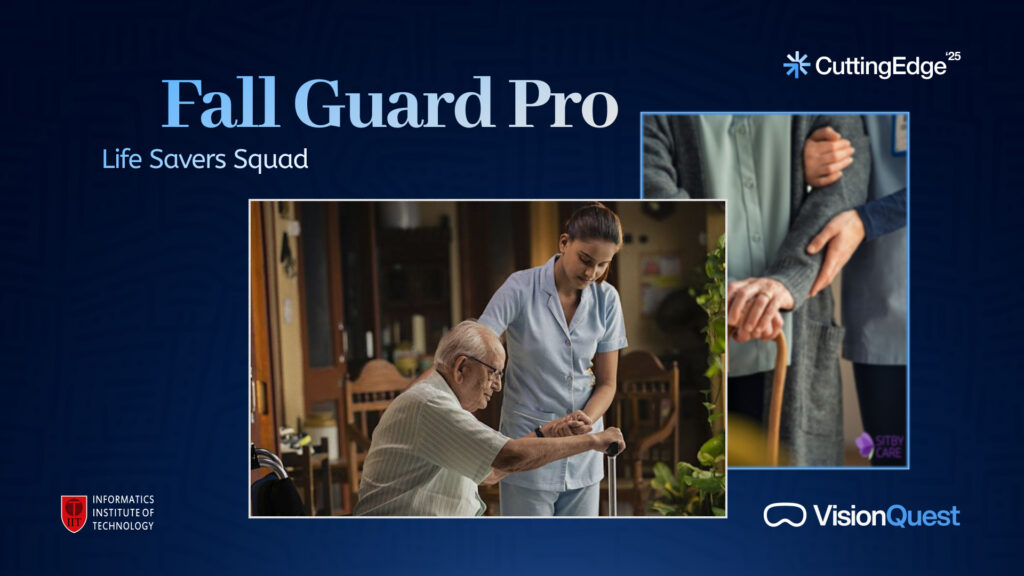CSS Code Smell Detector with Machine Learning for VS Code
Cascading Style Sheets (CSS) is one of the most essential tools in styling front-end web
development. In a web application, HTML code provides the structural foundation whereas CSS
provides the visual appearance, like font style, colors, layout, spacing, and other elements. As
web applications continue to grow in complexity with time, maintaining high-quality, efficiency,
and clean code throughout the document has become increasingly challenging. As a result of this
problem a larger quantity of developers are increasingly moving into CSS preprocessors or web
frameworks. However, with or without knowledge of CSS, using these tools can unintentionally
lead to code smells – patterns or practices found in the CSS code that are not necessarily
incorrect but can hinder the maintainability, scalability, performance, and readability of the code.
There are several existing tools like CSS Lint, W3C CSS Validator and CSS nose that address
the quality and validation of the CSS code. However, these tools don’t incorporate machine
learning and do not provide real time feedback.
This paper investigates the CSS code smells that take place and explores how these code smells
can be reduced by using machine learning. Given that Visual Studio (VS) code is one of the
major platforms for developers to use CSS code, this research focuses on incorporate this
concept as a plugin to this IDE. The proposed plugin will aim to provide real-time feedback,
actionable insights, and enabling developers to write more cleaner, optimized and more
maintainable CSS.
Integrative Deep Learning for Exoplanet Detection and Habitability Scoring

This project presents an AI-driven framework to accelerate the discovery and habitability assessment of exoplanets, bridging the gap between cutting-edge research and public participation. Leveraging light curve data from Kepler and TESS missions, the system employs a novel hybrid neural architecture that integrates Spiking Neural Networks (SNNs) with Long Short-Term Memory (LSTM) models for efficient and accurate detection of planetary transits, even in noisy data environments. The detection pipeline is followed by a habitability scoring module that computes key physical parameters such as planetary radius, orbital characteristics, and equilibrium temperature.
The platform is designed with accessibility at its core, featuring a no-code, user-friendly interface that allows users to search stellar data, visualize light curves, and confirm exoplanet candidates.
By combining state-of-the-art machine learning with usability and outreach, this project advances intelligent exoplanet detection and opens new pathways for collaborative scientific discovery, aligning closely with NASA’s mission to explore habitable worlds beyond Earth.
Digital Mentor

Digital Mentor is an innovative AI-powered onboarding platform designed to significantly enhance employee integration within organizations. It addresses common onboarding challenges, including high employee turnover rates, inconsistent training quality, and prolonged periods before achieving optimal productivity. Leveraging advanced artificial intelligence technologies, Digital Mentor delivers personalized learning pathways tailored specifically to individual job roles, ensuring rapid knowledge acquisition and retention. Its sophisticated features include interactive micro-learning modules, AI-generated content summaries, and custom quizzes that reinforce learning and assess employee comprehension effectively. Additionally, the platform integrates a real-time AI chatbot trained on company-specific content, providing instant and reliable support to new hires, thus significantly reducing dependency on human mentors. Comprehensive administrative controls streamline content management, employee progress tracking, and insightful analytics, dramatically improving operational efficiency and decision-making capabilities. Future enhancements include advanced analytics dashboards, mobile application development, gamification elements, and seamless HR system integrations, positioning Digital Mentor as a leading-edge solution. Overall, Digital Mentor not only transforms onboarding processes but also empowers organizations by fostering rapid employee productivity, engagement, and satisfaction, creating a strategic advantage in employee management.
CricXpert: A Hybrid Approach Combining Facial and Spatio-Temporal Gait Analysis for Enhanced Player Recognition with LLM-Based Statistic Generation

In the dynamic setting of T20 International (T20i) cricket, recognizing fielding players during the final overs poses major challenges due to poor lighting, occlusions, motion blur, and non-frontal views. CricXpert addresses this by introducing a hybrid AI system that combines computer vision with natural language processing to ensure accurate player recognition and intuitive access to player statistics.
The system follows a multi-stage recognition pipeline: it begins with Optical Character Recognition (OCR) using EAST and Tesseract to detect jersey text. If OCR fails, it falls back to facial recognition, employing MTCNN for detection, FaceNet for embedding, and SVM for classification—achieving 95.83% accuracy. To improve generalization, a spatial model extracts ResNet50 features and classifies them via a stacking ensemble of SVM, KNN, and logistic regression, resulting in 98.14% accuracy. For movement-intensive clips, a GRU-based temporal gait model identifies players using engineered pose features such as joint angles and step length, reaching 95% accuracy.
Beyond vision, CricXpert integrates a natural language interface for stat retrieval. Using GPT-4o with LangChain and Pydantic, it converts user questions into SQL queries. OutputFixingParser and schema-aware prompts minimize hallucinations, achieving an 85–90% query success rate on 100 test questions—outperforming LLaMA 13B and Gemini.
The system has been validated using performance metrics and expert feedback from national-level coaches. CricXpert’s modular design allows scalability to other match formats and sports, marking a significant advancement in real-time sports analytics and AI-assisted decision support.
ClassiSolve: A Unified Adaptive System for Categorizing and Predicting Resolution Times for Poorly Described Customer Support Tickets

Poorly described support tickets are a major challenge in customer service systems, often leading
to misclassification, inaccurate prioritization, and inconsistent resolution time estimation. Most
existing systems handle ticket categorization and resolution time prediction as isolated functions,
often relying on rule-based logic or static estimation methods, with limited ability to adapt to
changing support patterns. This research proposes ClassiSolve, a unified adaptive system that
simultaneously categorizes support tickets and predicts resolution times.
The project was conducted using an Agile project management methodology, following an
incremental and iterative approach that incorporates Feature-Driven Development (FDD) for
modular design and Test-Driven Development (TDD) for reliability. The solution employs a
supervised learning methodology, utilizing a single XGBoost model trained on preprocessed
historical ticket data to perform both ticket categorization and resolution time prediction.
To optimize workflow, ClassiSolve also integrates an automated agent assignment mechanism that
recommends the most suitable handler for each ticket based on predicted category and staff skill
alignment. Evaluation metrics such as Mean Absolute Error (MAE) and Root Mean Squared Error
(RMSE) confirmed the model’s accuracy and reliability. Real-world relevance was validated
through expert interviews and surveys among IT professionals, revealing a strong industry need
for adaptive systems.
ClassiSolve’s dynamic learning capability enhances support team efficiency and accuracy by
enabling continuous improvement. Observations indicate improved workload balance, faster
resolution, and more consistent service quality, while conclusions confirm the effectiveness of a
unified, data-driven model in addressing ticketing inefficiencies. The system offers a scalable and
practical solution for modernizing IT support operations.
Fallguard Pro

The project here refers to a multi-modal fall detection system that is capable of detecting a fall from multiple vectors, each of which considers their bodies movement as well as how they fair in terms of their heart rate and SP02 Levels. The target demography for the project aims to appeal to elderly individuals or handicapped individuals that live in isolated conditions. This is assuming that the individual is incapable of taking care of themselves properly, hence the given risk of them potentially experiencing a life threatening fall.
The project aims to solve this issue by introducing a multi-modal system that can actively monitor their movement and alert individuals of them experiencing a fall or being in the risk of experiencing one. The benefit of being able to actively monitor the individual is that the need for caretakers in this given context is negated hence assisting them in a financial aspect.
Furthermore, the project utilizes small and portable models that are each catered to their sub-systems use cases to provide an optimal level of performance where the system can detect falls immediately and accurately. The models used and developed here refer to the following:
– Heart rate and SPO2 level model
– Joint Projection (Vision based) Model
– Accelerometer and Gyroscope (Movement based) Model
The frontend is to be hosted onto a web interface that can be moderated and hosted on any platform
